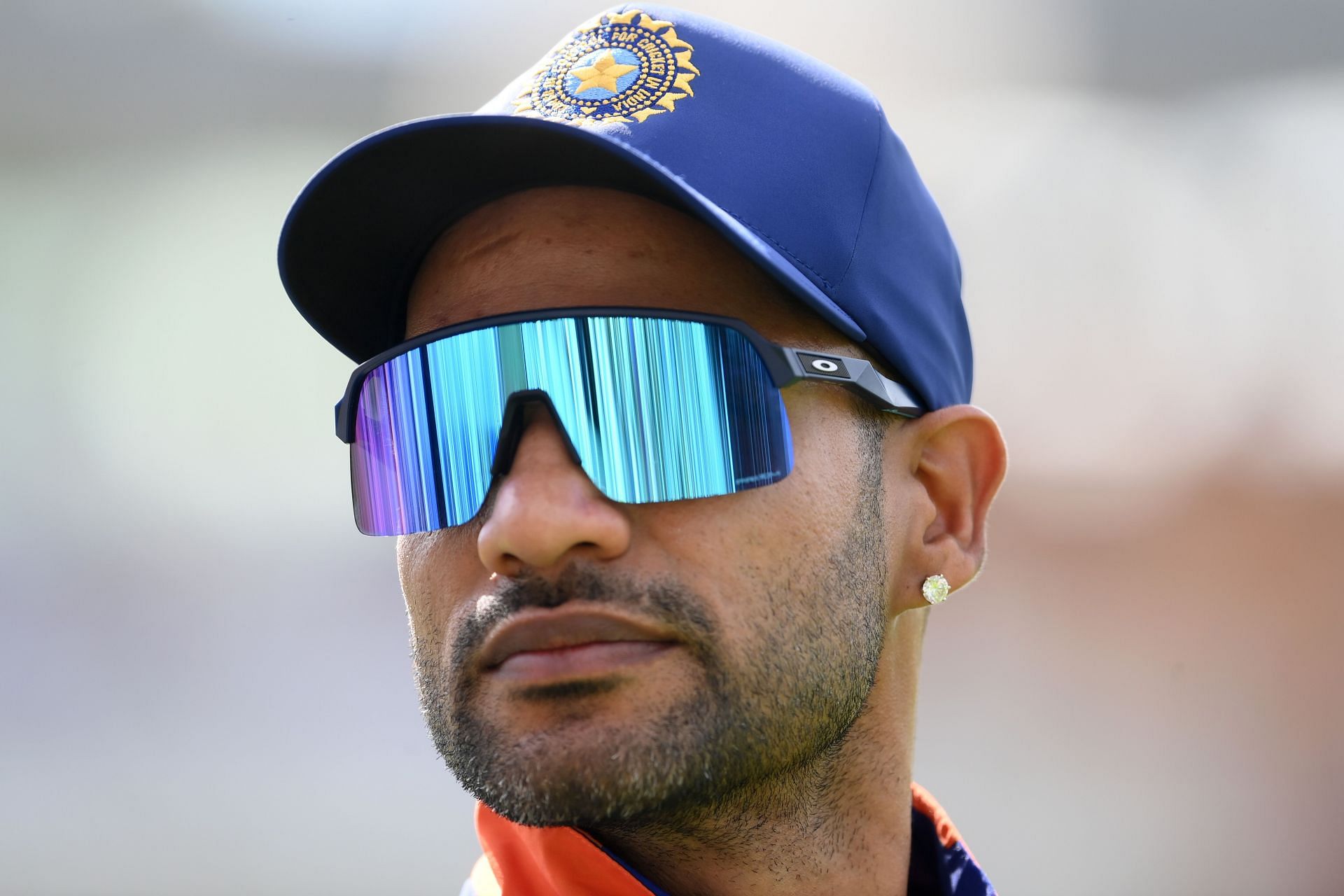
3 issues India need to address following the ODI series vs Zimbabwe
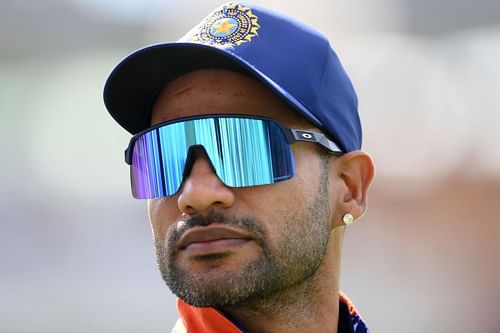
With a 3-0 whitewash in the recently concluded ODI series at the Harare Sports Club in Harare, Team India extended their winning streak in the format against Zimbabwe to a record 15.
Shubman Gill was adjudged the Player of the Series for his 245 runs, while Axar Patel finished as the leading wicket-taker with six scalps. Others like Deepak Chahar and Sanju Samson turned in a couple of promising displays as well.
However, there are a few kinks for the Men in Blue to iron out in the lead-up to the 2023 World Cup.
Here are three issues India need to address following the conclusion of the three-match ODI series against Zimbabwe.
#3 Shikhar Dhawan's strike rate has dropped drastically this year
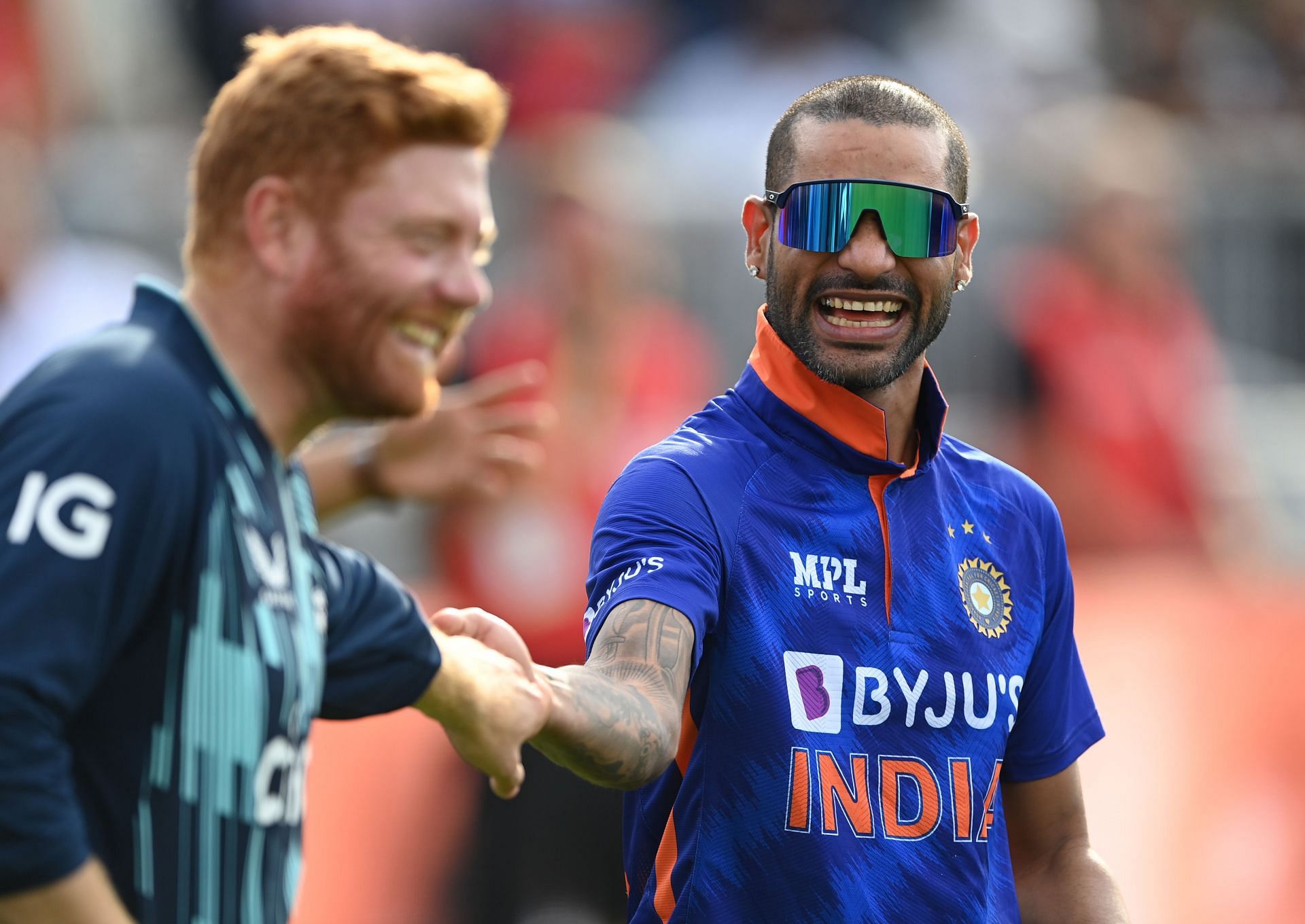
Shikhar Dhawan, despite being 36 years old, is an integral part of India's plans in the lead-up to the 2023 ODI World Cup. The 50-over format is the only one he plays for India, making it necessary for him to consistently perform each time he gets a chance. In 2022, while he has amassed a shade over 500 runs, the southpaw's strike rate has witnessed a big dip.
Dhawan has struck at 76.33 in 13 innings in 2022, his worst strike rate in a calendar year in almost a decade. He hasn't been able to find the boundaries regularly in the powerplay, especially when the opposition has attempted to cramp him for room. The left-hander's powerplay strike rate this year has been even lower than his overall strike rate, raising questions over whether his skills are declining rapidly.
With names like Gill, Ishan Kishan and Ruturaj Gaikwad being capable of batting at a higher tempo at the top of the order, Dhawan's place in the side might come under the scanner if he continues to bat at this pace. This is especially true given India's new batting template in white-ball cricket, speaking of which...
#2 India need to set a template for batting first in ODIs
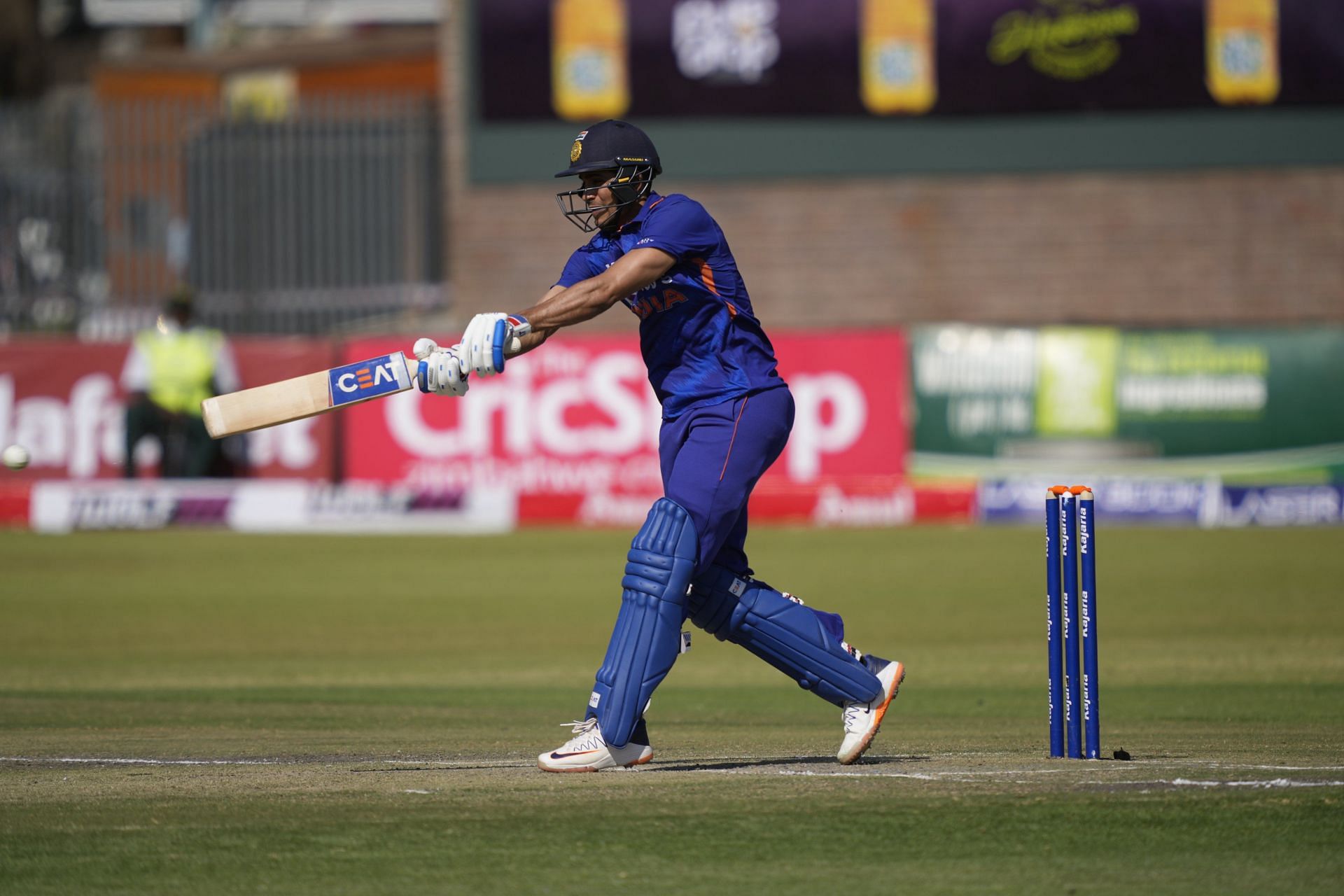
India's performances while batting first in white-ball cricket haven't been as convincing as they'd have liked over the last few years. Often unsure of the tempo at which to bat, the Men in Blue have reveled in letting the opposition set a target and then chasing it down after assessing the conditions on offer.
Under Rohit Sharma, India have sworn to follow a more attacking approach, one that the Indian skipper has been at the forefront of. However, they haven't quite found their feet yet. Even in the third ODI against Zimbabwe, in the absence of Rohit, India nearly suffered defeat as they managed only 298/8 in their 50 overs.
Dhawan and KL Rahul batted slowly in the powerplay, and although Gill, Kishan and Samson tried to make amends for the openers' sedate start, India couldn't quite put their foot on the pedal towards the end of the innings. India are a great chasing team, but they don't inspire confidence while batting first.
#1 KL Rahul's captaincy is distinctly sub-par
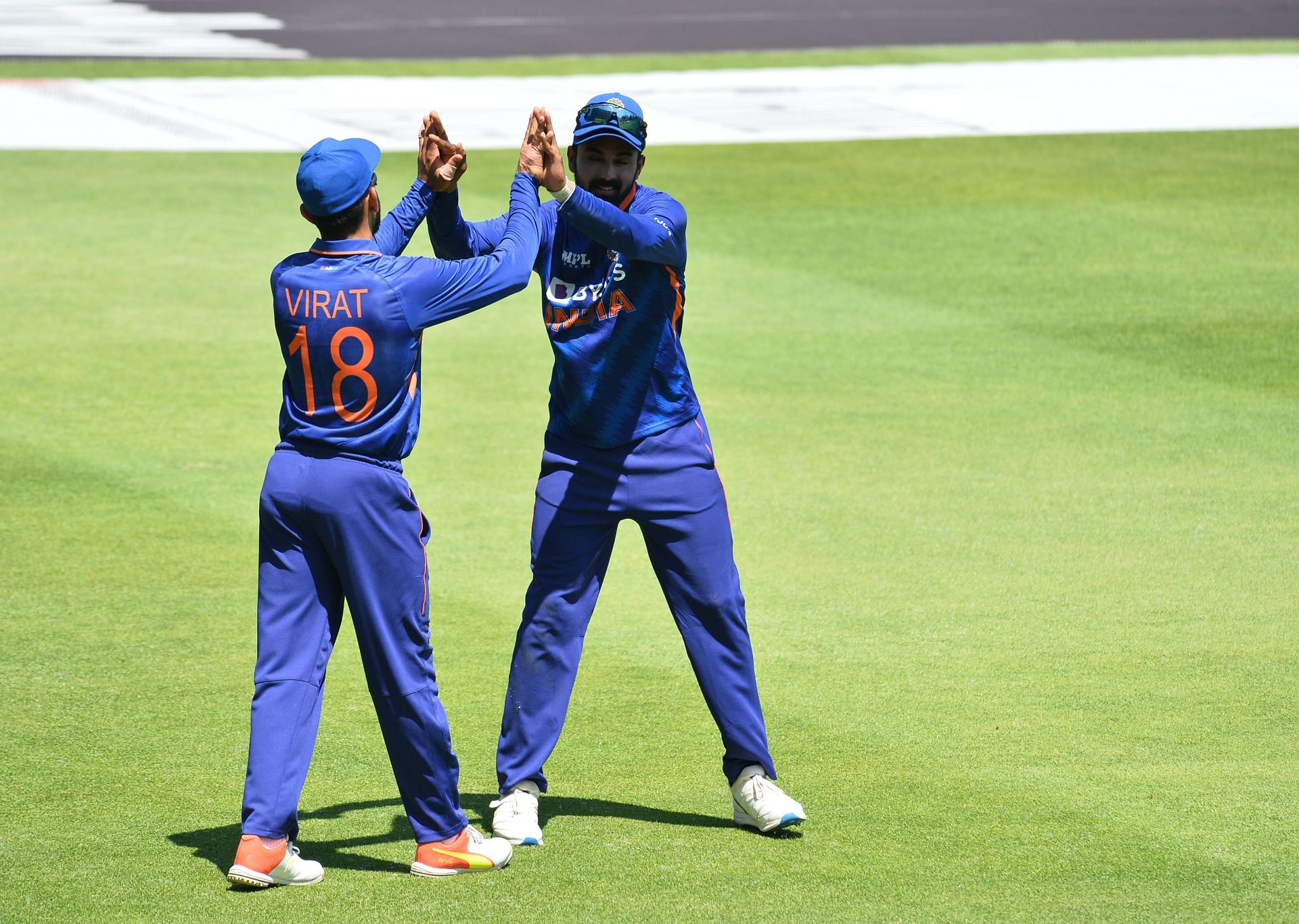
It might be harsh to point fingers at Rahul, who just led India to a 3-0 series whitewash as the stand-in captain. But despite the excellent result on paper, the 30-year-old just doesn't appear to have it in him to be a leader, both tactically and otherwise.
Rahul's batting has consistently been worse when he has led the side, both in the Indian Premier League and in international cricket. His strike rate almost always sees a massive fall, while his free stroke-making usually morphs into unconvincing strike rotation.
Against Zimbabwe, Rahul opted to bowl in each of the first two ODIs. As a result of his choice, Samson (52), Kishan (74), Hooda (39) and Axar (11) got barely any balls to face. Rahul himself faced only 51 balls, amassing a paltry 31 runs. His in-game decisions weren't great either. The spinners were often brought on too late, while his rotation of pacers left a lot to be desired.
Team management would've undoubtedly had a big say in tactics, but Rahul's teams have a distinct lack of energy and tactical nous. It's time for India to really ask themselves whether they see a direction in which they can be successful with Rahul at the helm.